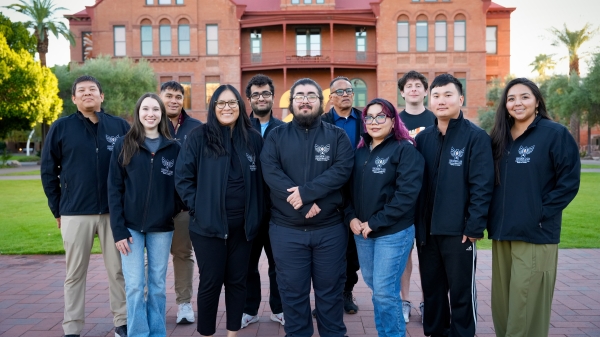Arizona State University and Hiroshima University in Japan have entered into an agreement that will promote academic exchange and develop joint research and educational programs. The recently signed MOU envisages expanding university partnerships and increasing student and researcher exchanges between the two universities.
The ASU-Hiroshima focus initially has been on research collaborations on topics like smart cities, aging and governance of new technologies.
The agreement was signed by Sethuraman “Panch” Panchanathan, ASU’s executive vice president of Knowledge Enterprise Development and chief research and innovation officer, and Yosuke Yamamoto, executive vice president of research and Satoshi Watanabe, vice president of university strategy, at Hiroshima University.
“As global universities that seek to find solutions for complex challenges and foster future generations of changemakers, ASU and Hiroshima University are ideal partners to facilitate knowledge creation and collaborations that advance these goals,” Panchanathan said. “We hope to bring together our students and researchers in an exchange of innovative ideas that have a positive impact in our respective nations as well as in communities across the world.”
More Science and technology

Indigenous geneticists build unprecedented research community at ASU
When Krystal Tsosie (Diné) was an undergraduate at Arizona State University, there were no Indigenous faculty she could look to…

Pioneering professor of cultural evolution pens essays for leading academic journals
When Robert Boyd wrote his 1985 book “Culture and the Evolutionary Process,” cultural evolution was not considered a true…

Lucy's lasting legacy: Donald Johanson reflects on the discovery of a lifetime
Fifty years ago, in the dusty hills of Hadar, Ethiopia, a young paleoanthropologist, Donald Johanson, discovered what would…